ZIMBABWE
ZIMBABWE
ZIMBABWE
Untamed, unplugged and wonderfully wild...
Welcome to Zimbabwe, a safari treasure trove that's not just a country but a wild, untamed adventure waiting to unfold! Brace yourself for a journey into a kingdom dating back to the 11th century, home of the planet's most colossal waterfall, and its biggest artificial lake by volume. Not your average safari destination – Zimbabwe is a spectacle of dramatic landscapes, natural beauty, and wildlife encounters that'll make your jaw drop.
Tick off UNESCO World Heritage Sites headlined by the Victoria Falls and Mana Pools National Park and experience Hwange's wildlife extravaganza, Matobo's majestic leopards strutting their stuff, the remote drama of Gonarezhou, and sunsets over Lake Kariba that are pure magic. Whether you're a wildlife aficionado, thrill-seeker, or sunset chaser, Zimbabwe's got your back.
But wait, there's more! Zimbabwe takes conservation as seriously as your morning coffee fix. With a network of reserves that could rival your social media following, this country is a haven for flora and fauna that's off the charts.
The real MVPs are Zimbabwe's legendary safari guides. Not just guides; they're the rockstars of the bush, undergoing a training programme so intense it makes boot camp look like a spa day. It takes a solid five years to graduate from the school of everything – Latin names of all things living, basic first aid, advanced driving skills, and yes, even weapons training. It's so tough that only a handful make it through each year. Armed with extensive bush knowledge and a wicked sense of Zimbabwean humour, these guides are the reason safaris in this amazing country are truly epic.
So, why go to Zimbabwe? Because it's not just a destination; it's a wild, sassy, and downright fabulous experience that'll leave you shouting, "Take a bow, Zimbabwe!"
Untamed, unplugged and wonderfully wild...
Welcome to Zimbabwe, a safari treasure trove that's not just a country but a wild, untamed adventure waiting to unfold! Brace yourself for a journey into a kingdom dating back to the 11th century, home of the planet's most colossal waterfall, and its biggest artificial lake by volume. Not your average safari destination – Zimbabwe is a spectacle of dramatic landscapes, natural beauty, and wildlife encounters that'll make your jaw drop.
Tick off UNESCO World Heritage Sites headlined by the Victoria Falls and Mana Pools National Park and experience Hwange's wildlife extravaganza, Matobo's majestic leopards strutting their stuff, the remote drama of Gonarezhou, and sunsets over Lake Kariba that are pure magic. Whether you're a wildlife aficionado, thrill-seeker, or sunset chaser, Zimbabwe's got your back.
But wait, there's more! Zimbabwe takes conservation as seriously as your morning coffee fix. With a network of reserves that could rival your social media following, this country is a haven for flora and fauna that's off the charts.
The real MVPs are Zimbabwe's legendary safari guides. Not just guides; they're the rockstars of the bush, undergoing a training programme so intense it makes boot camp look like a spa day. It takes a solid five years to graduate from the school of everything – Latin names of all things living, basic first aid, advanced driving skills, and yes, even weapons training. It's so tough that only a handful make it through each year. Armed with extensive bush knowledge and a wicked sense of Zimbabwean humour, these guides are the reason safaris in this amazing country are truly epic.
So, why go to Zimbabwe? Because it's not just a destination; it's a wild, sassy, and downright fabulous experience that'll leave you shouting, "Take a bow, Zimbabwe!"
ZIMBABWE IN A NUTSHELL
The where...
Here are some of the must-visit places we recommend including on a Zimbabwe safari that can easily be combined with one another as well as a range of other complementary destinations...
ZIMBABWE IN A NUTSHELL
The where...
Here are some of the must-visit places we recommend including on a Zimbabwe safari that can easily be combined with one another as well as a range of other complementary destinations...
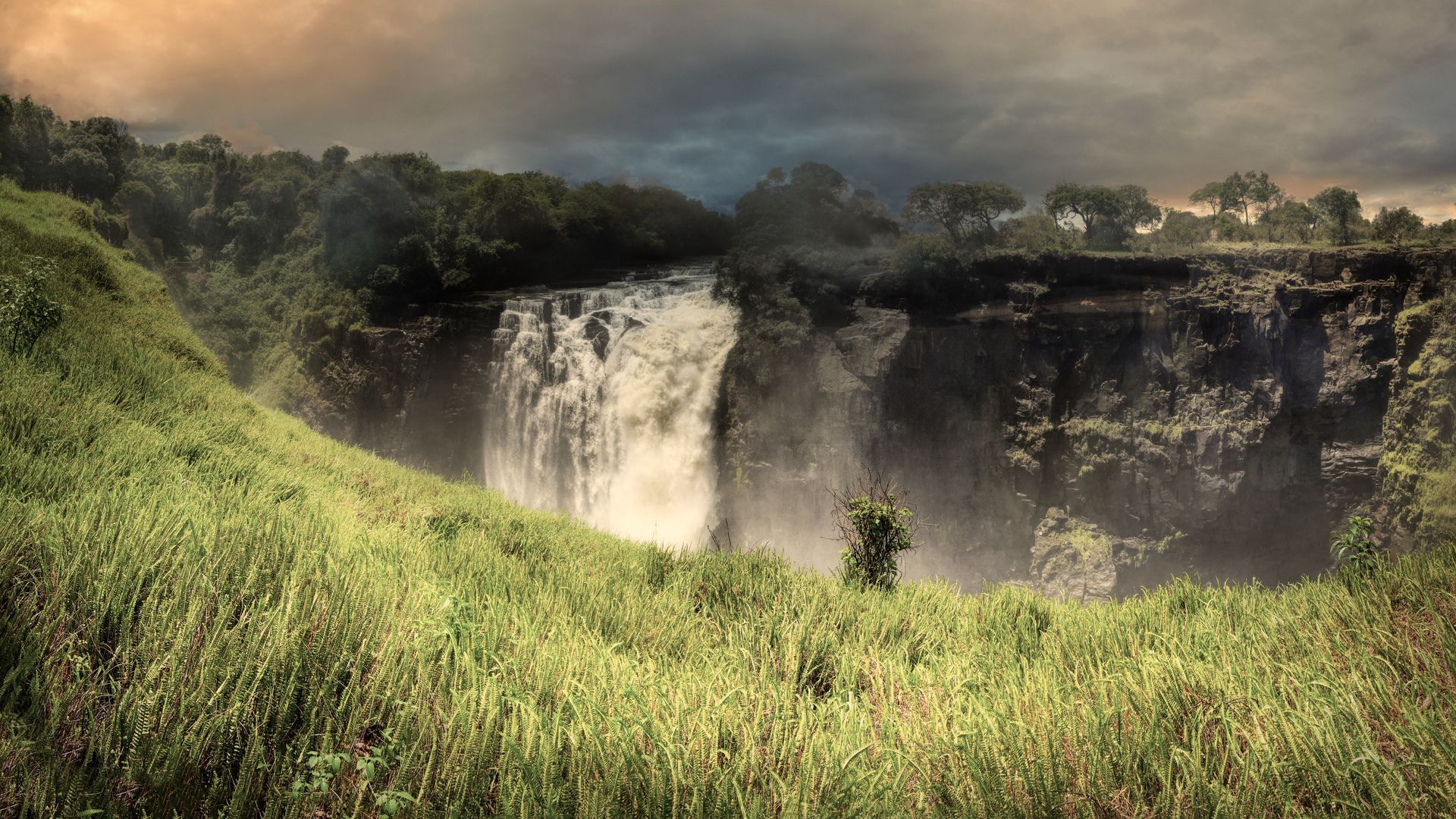
Victoria Falls
The town that bears the name of the fabled falls needs very little introduction, as it's perhaps the best-known of Zimbabwe's tourism destinations and is renowned as the adventure capital of Southern Africa. With direct access to the most spectacular portion of the world-famous "Smoke that Thunders" - aka the Victoria Falls - the town is also home to some truly world-class lodges and hotels, including the oldest hotel in the southern hemisphere - the Victoria Falls Hotel - as well as a host of exciting activities. From bungee jumping, jet boats and white water rafting to helicopter flights, sunset cruises and boat-based safaris, there's something for everyone in Victoria Falls.
Musts: Tours of the falls and its breathtaking rainforest; game drives in the adjacent Zambezi National Park; river cruises and safaris; birding along the Zambezi; cultural tours of local villages; adrenaline-packed adventures for the whole family
Victoria Falls
The town that bears the name of the fabled falls needs very little introduction, as it's perhaps the best-known of Zimbabwe's tourism destinations and is renowned as the adventure capital of Southern Africa. With direct access to the most spectacular portion of the world-famous "Smoke that Thunders" - aka the Victoria Falls - the town is also home to some truly world-class lodges and hotels, including the oldest hotel in the southern hemisphere - the Victoria Falls Hotel - as well as a host of exciting activities. From bungee jumping, jet boats and white water rafting to helicopter flights, sunset cruises and boat-based safaris, there's something for everyone in Victoria Falls.
Musts: Tours of the falls and its breathtaking rainforest; game drives in the adjacent Zambezi National Park; river cruises and safaris; birding along the Zambezi; cultural tours of local villages; adrenaline-packed adventures for the whole family.
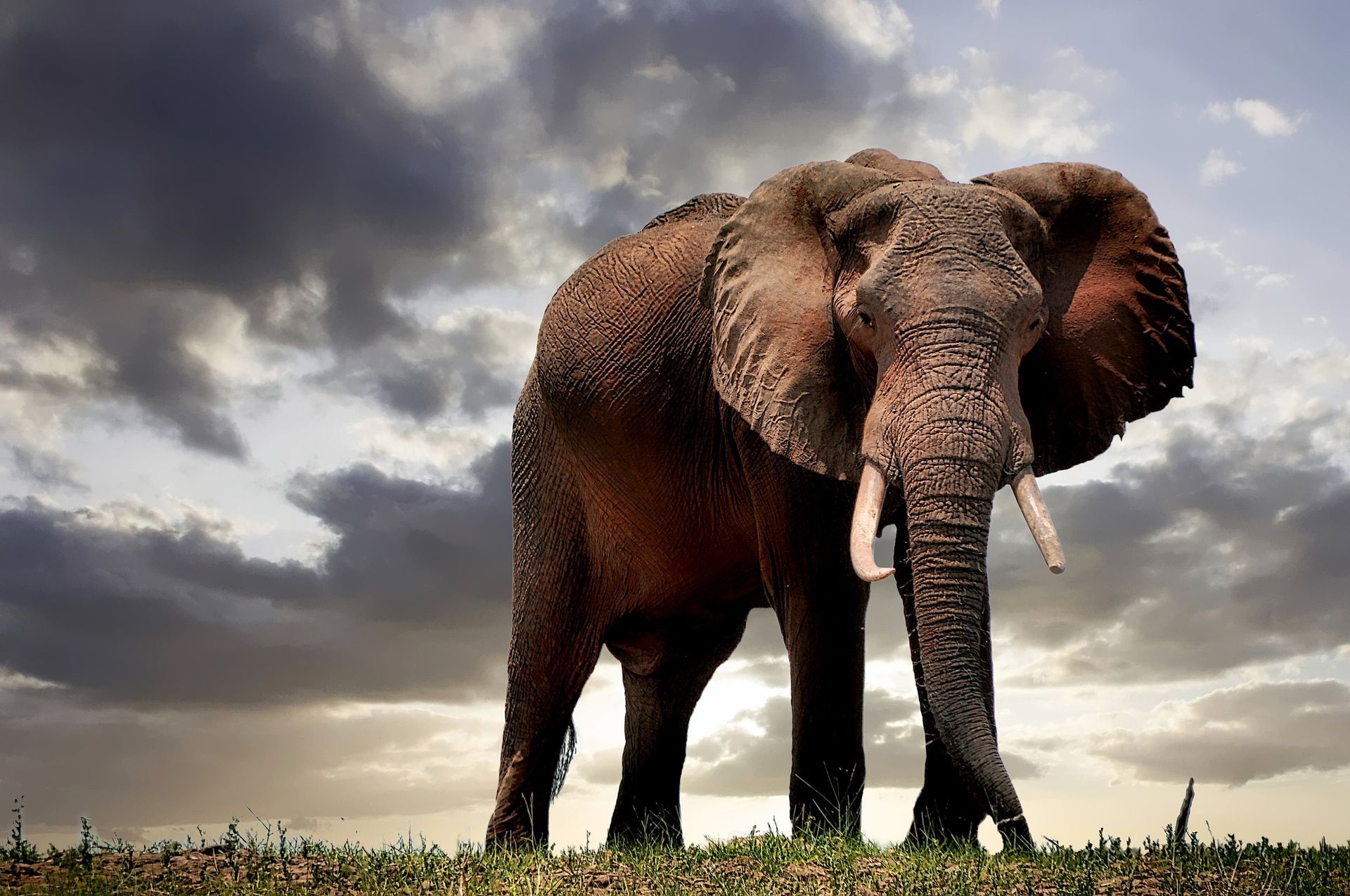
Hwange National Park
Hwange is the largest and best-known national park in Zimbabwe, sprawling over 14,600km2 and home to more than 100 species of mammal and 400 bird species. Renowned for its massive elephant population, particularly around Nyamandhlovu Pan, it's also a hotspot for leopard, lion, buffalo and rhino, which were reintroduced a few years ago on the park's borders as part of a joint conservation programme with local communities. Easily combined with nearby Victoria Falls for a comprehensive safari experience, Hwange is a great year-round destination, with exceptional game viewing, stunning birding and a wonderful array of safari lodges and small, intimate bushcamps.
Musts: Walking safaris; game drives; night drives; sundowners; bush picnics; dinners under the stars
Hwange National Park
Hwange is the largest and best-known national park in Zimbabwe, sprawling over 14,600km2 and home to more than 100 species of mammal and 400 bird species. Renowned for its massive elephant population, particularly around Nyamandhlovu Pan, it's also a hotspot for leopard, lion, buffalo and rhino, which were reintroduced a few years ago on the park's borders as part of a joint conservation programme with local communities. Easily combined with nearby Victoria Falls for a comprehensive safari experience, Hwange is a great year-round destination, with exceptional game viewing, stunning birding and a wonderful array of safari lodges and small, intimate bushcamps.
Musts: Walking safaris; game drives; night drives; sundowners; bush picnics; dinners under the stars.
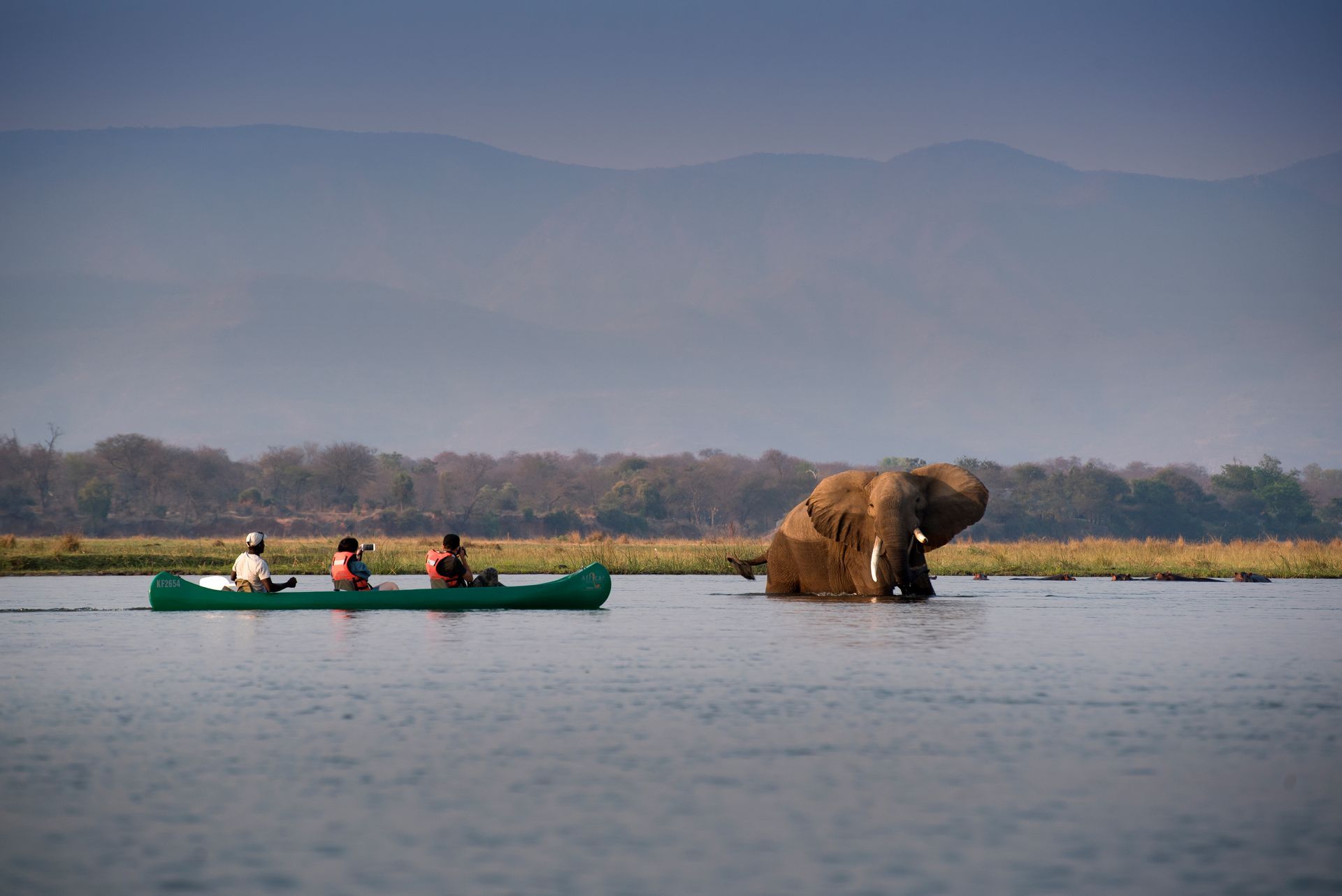
Mana Pools National Park
Renowned for its stunning landscapes along the Zambezi River and the expansive pools from which it gets its name, Mana is celebrated for its biodiversity, with large populations of elephants, plains game and river species like hippos, and crocodiles. A birdwatchers' haven, more than 350 species have been recorded, and the park is also famous for its packs of African wild dogs which have become habituated to people on foot, making for exciting walking safaris, as well as its athletic elephants who have learned to stand on their hind legs to reach the seed pods of winterthorn, or albida trees. River activities are also on offer, from sunset cruises and boat-based safaris to canoeing and fishing.
Musts: Walking safaris; canoeing; fishing; morning and evening game drives; stargazing; boat-based safaris, picnics on the riverbanks
Mana Pools National Park
Renowned for its stunning landscapes along the Zambezi River and the expansive pools from which it gets its name, Mana is celebrated for its biodiversity, with large populations of elephants, plains game and river species like hippos, and crocodiles. A birdwatchers' haven, more than 350 species have been recorded, and the park is also famous for its packs of African wild dogs which have become habituated to people on foot, making for exciting walking safaris, as well as its athletic elephants who have learned to stand on their hind legs to reach the seed pods of winterthorn, or albida trees. River activities are also on offer, from sunset cruises and boat-based safaris to canoeing and fishing.
Musts: Walking safaris; canoeing; fishing; morning and evening game drives; stargazing; boat-based safaris, picnics on the riverbanks.
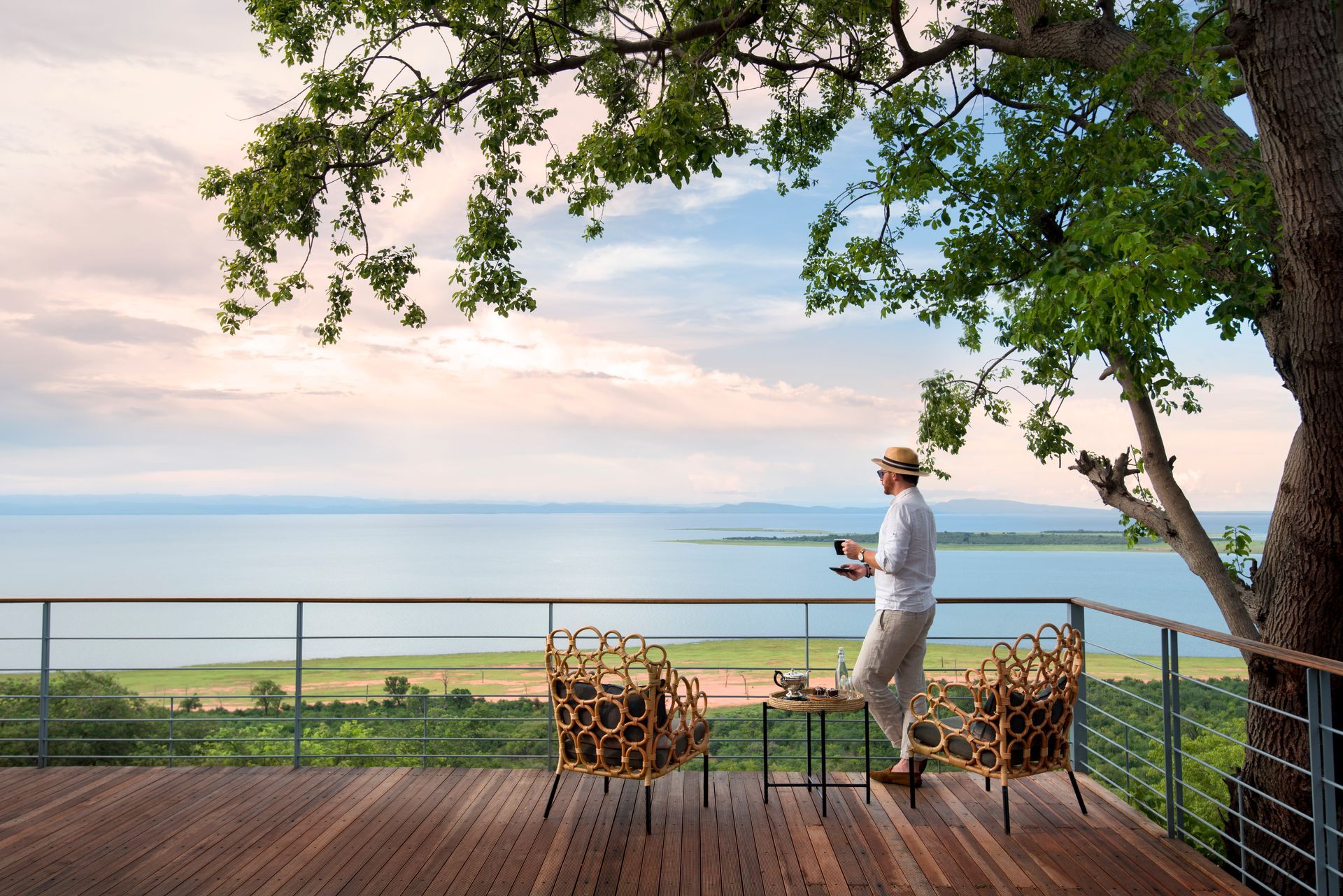
Lake Kariba
Straddling the border of Zambia and Zimbabwe, Lake Kariba and its iconic Kariba Dam are not just engineering marvels – they're a gateway to a safari paradise. Completed in 1959, the dam brought about the creation of the world's largest man-made lake by volume. For safari enthusiasts, this region is an Eden, offering not just stunning landscapes but also a rich diversity of wildlife, especially in Matusadona National Park which is located on its shores. Offering the chance to explore this wetland wonderland by boat against a gorgeous natural backdrop of untamed beauty, the lake it renowned for its exceptional sunsets and rich diversity of wildlife. Lake Kariba isn't just a reservoir; it's a reservoir of safari adventures waiting to unfold.
Musts: Boat-based safari activities; fishing; walking safaris along the shoreline; game drives in Matusadona National Park; sundowners, picnics
Lake Kariba
Straddling the border of Zambia and Zimbabwe, Lake Kariba and its iconic Kariba Dam are not just engineering marvels – they're a gateway to a safari paradise. Completed in 1959, the dam brought about the creation of the world's largest man-made lake by volume. For safari enthusiasts, this region is an Eden, offering not just stunning landscapes but also a rich diversity of wildlife, especially in Matusadona National Park which is located on its shores. Offering the chance to explore this wetland wonderland by boat against a gorgeous natural backdrop of untamed beauty, the lake it renowned for its exceptional sunsets and rich diversity of wildlife. Lake Kariba isn't just a reservoir; it's a reservoir of safari adventures waiting to unfold.
Musts: Boat-based safari activities; fishing; walking safaris along the shoreline; game drives in Matusadona National Park; sundowners, picnics.
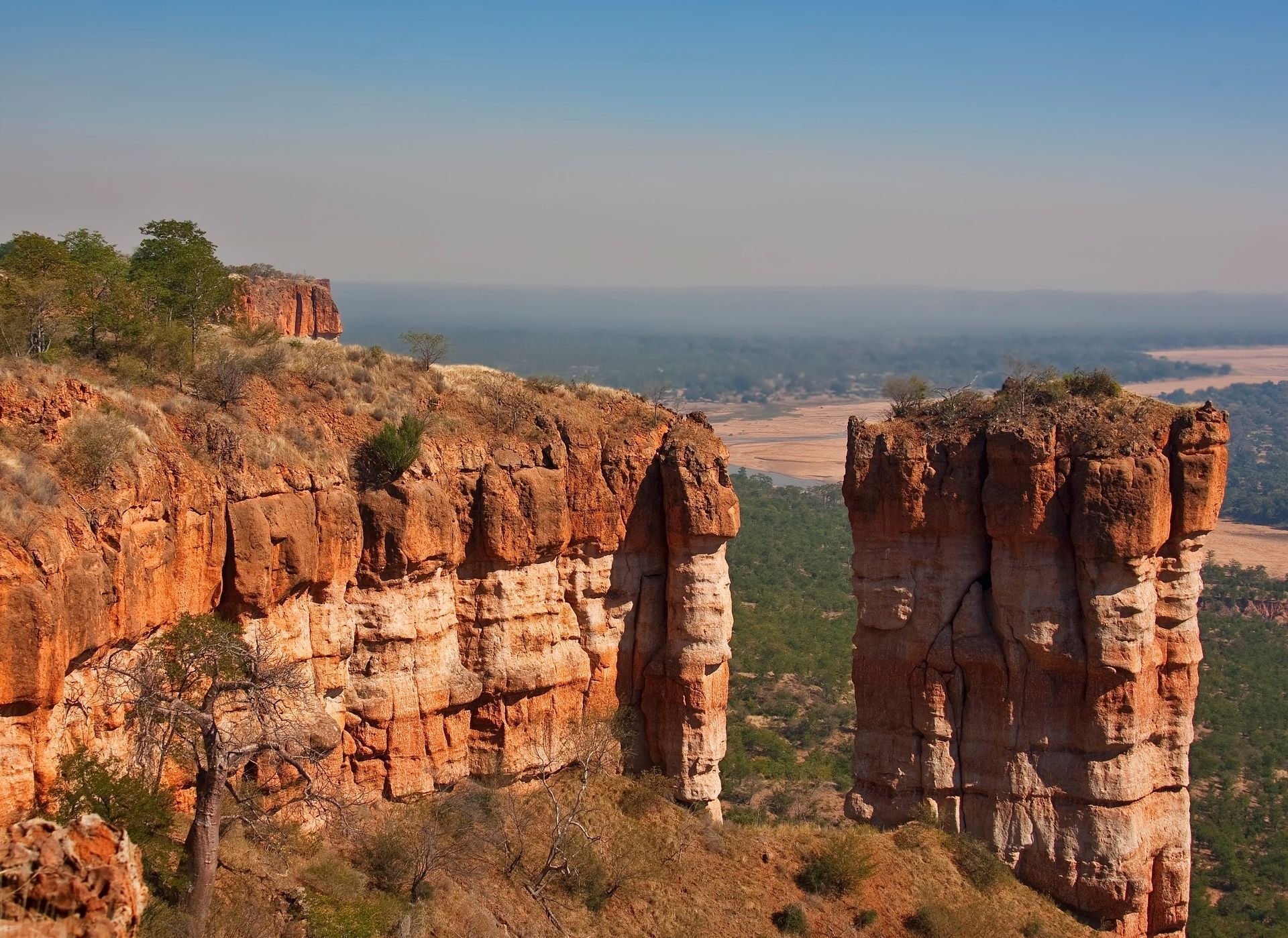
Gonarezhou National Park
Tucked away in south-eastern Zimbabwe lies one of the country's true hidden gems - Gonarezhou National Park. Renowned for its diverse ecosystems, from sandstone cliffs to lush riverine forests, the park is home to a large elephant population, providing unique opportunities for wildlife enthusiasts to witness these majestic creatures in their natural habitat. Gonarezhou is part of the Great Limpopo Transfrontier Park, offering a vast and interconnected wilderness experience. Visitors can explore the iconic Chilo Gorge and towering red sandstone cliffs, go birdwatching along a myriad scenic rivers, and discover the park's rich cultural history with ancient rock art sites aplenty.
Musts: Walking safaris; game drives; visit to Chilo Gorge; sundowners; bush picnics; visits to rock art sites
Gonarezhou National Park
Tucked away in south-eastern Zimbabwe lies one of the country's true hidden gems - Gonarezhou National Park. Renowned for its diverse ecosystems, from sandstone cliffs to lush riverine forests, the park is home to a large elephant population, providing unique opportunities for wildlife enthusiasts to witness these majestic creatures in their natural habitat. Gonarezhou is part of the Great Limpopo Transfrontier Park, offering a vast and interconnected wilderness experience. Visitors can explore the iconic Chilo Gorge and towering red sandstone cliffs, go birdwatching along a myriad scenic rivers, and discover the park's rich cultural history with ancient rock art sites aplenty.
Musts: Walking safaris; game drives; visit to Chilo Gorge; sundowners; bush picnics; visits to rock art sites.
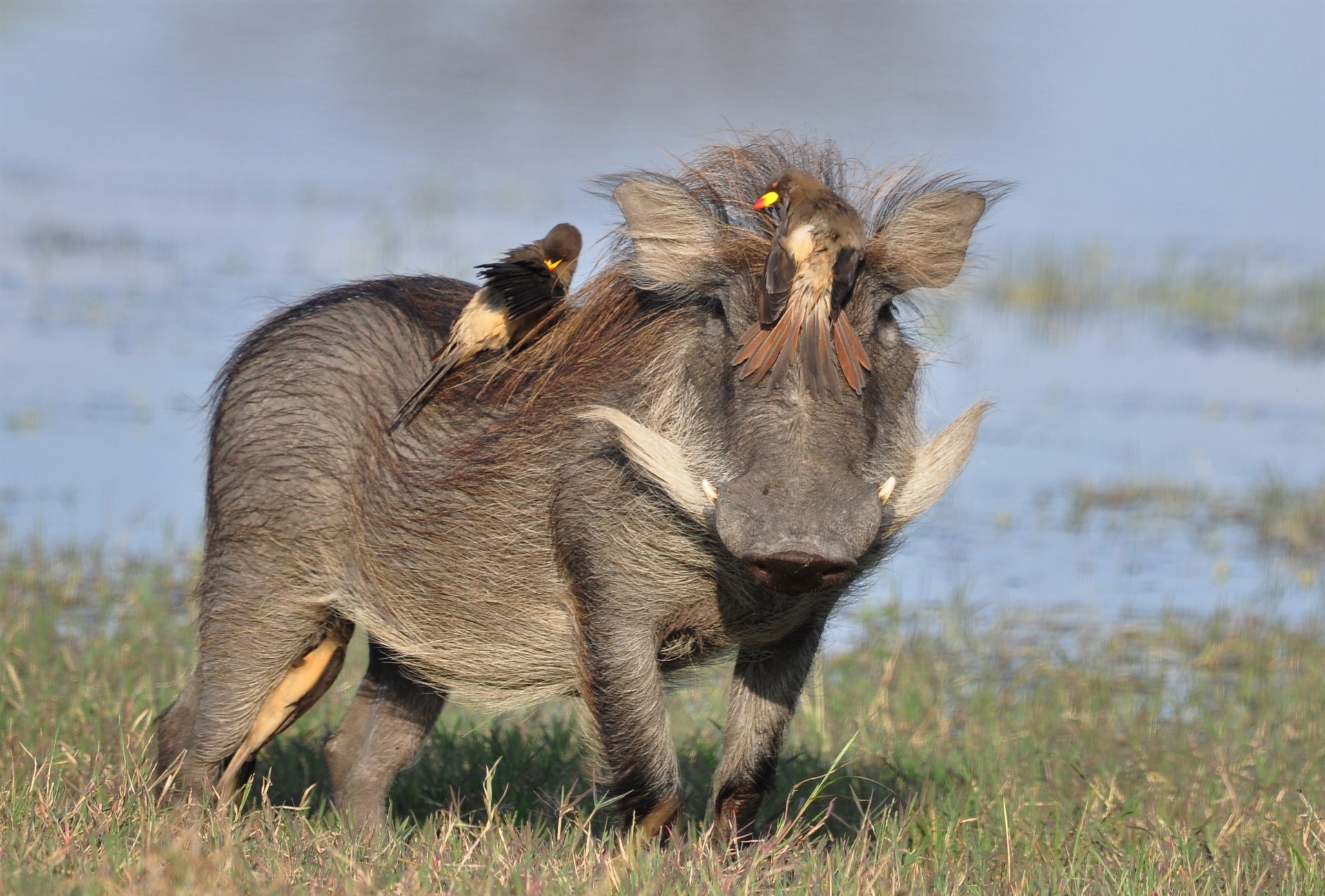
The when...
When it's hot or when it's not? Try this easy breakdown of the seasons in Zimbabwe together with recommendations on great times to visit and why. We hope it does the trick!
-
Spring
When: September to November.
What to expect: Lovely warm days, cooler evenings and the first rains of the season in October and November.
Why visit: Spring is beautiful in Zimbabwe. It's when a myriad trees get their first flush of growth as the dry season nears its end and blossoms sproud. Summer migrant bird species begin to arrive and the bush holds the promise of rain, which should start to build in the form of afternoon thunderstorms towards the end of October and start of November.
-
Summer
When: December to February.
What to expect: Very warm to hot days, warm evenings and spectacular thunderstorms.
Why visit: This is the emerald season when the African wilderness is green, green, green and new life is everywhere as many animals have their young during this time of plenty. The skies are filled with colourful birds in dazzling breeding plumage and living is easy. There are wildflowers everywhere and bees go into overdrive, producing incredible honey. It's also the rainy season when downpours can be expected, and humidity levels rise.
-
Autumn
When: March to May.
What to expect: Lovely warm days and cooler evenings.
Why visit: You get the tail end of the summer greenery with the benefit of cooler temperatures and still have the chance to see some late baby animals. The humidity of summer dissipates, and the climate is perfect for a range of safari activities, with evenings cool enough to gather comfortably around a crackling campfire to share tales of the day's adventures.
-
Winter
When: June to August.
What to expect: Cold mornings and nights, warm days.
Why visit: This is the dry season when the bush thins out completely and wildlife stay close to water, making it the peak season for game viewing, especially where predator action is concerned. While you will need warm clothes for mornings and evenings, the days are sunny and warm with average daytime temperatures in the low to mid 20 degrees C.

ABOUT US
For Sian Bester and Cara Lloyd, Zafaris is the result of years spent working at the coalface of the safari industry, learning their trade and perfecting it.
Zafaris isn't a regular travel company thanks to the fact that Sian and Cara don't just know their safari onions, they can also prepare and dish those onions up in a delectable and irresistible manner! Both have worked in lodges and have experience in the "how" of the art of safari at a practical level. They've also done their time working in large, corporate operators, sweating over the minutiae of countless itineraries.
Zafaris is the culmination of this experience - a boutique safari operator that's all about personal, professional service, expert recommendations and first-hand experience of the very best that Africa has to offer...
Zafaris is represented on
SafariBookings.
The when...
When it's hot or when it's not? Try this easy breakdown of the seasons in Zimbabwe together with recommendations on great times to visit and why. We hope it does the trick!
-
Spring
When: September to November.
What to expect: Lovely warm days, cooler evenings and the first rains of the season in October and November.
Why visit: Spring is beautiful in Zimbabwe. It's when a myriad trees get their first flush of growth as the dry season nears its end and blossoms sproud. Summer migrant bird species begin to arrive and the bush holds the promise of rain, which should start to build in the form of afternoon thunderstorms towards the end of October and start of November.
-
Summer
When: December to February.
What to expect: Very warm to hot days, warm evenings and spectacular thunderstorms.
Why visit: This is the emerald season when the African wilderness is green, green, green and new life is everywhere as many animals have their young during this time of plenty. The skies are filled with colourful birds in dazzling breeding plumage and living is easy. There are wildflowers everywhere and bees go into overdrive, producing incredible honey. It's also the rainy season when downpours can be expected, and humidity levels rise.
-
Autumn
When: March to May.
What to expect: Lovely warm days and cooler evenings.
Why visit: You get the tail end of the summer greenery with the benefit of cooler temperatures and still have the chance to see some late baby animals. The humidity of summer dissipates, and the climate is perfect for a range of safari activities, with evenings cool enough to gather comfortably around a crackling campfire to share tales of the day's adventures.
-
Winter
When: June to August.
What to expect: Cold mornings and nights, warm days.
Why visit: This is the dry season when the bush thins out completely and wildlife stay close to water, making it the peak season for game viewing, especially where predator action is concerned. While you will need warm clothes for mornings and evenings, the days are sunny and warm with average daytime temperatures in the low to mid 20 degrees C.
CONTACT US
Contact Us
We will get back to you as soon as possible.
Please try again later.
Contact Us
We will get back to you as soon as possible.
Please try again later.
CONTACT US
Contact Us
We will get back to you as soon as possible.
Please try again later.
Contact Us
We will get back to you as soon as possible.
Please try again later.
CONTACT US
Contact Us
We will get back to you as soon as possible.
Please try again later.
All Rights Reserved | Elgin Travel (Pty) Ltd, t/a Wildr.Africa
Designed & powered by: The Safari Collective
Designed & powered by: The Safari Collective
All Rights Reserved | Elgin Travel (Pty) Ltd, t/a Wildr.Africa
All Rights Reserved | Elgin Travel (Pty) Ltd, t/a Wildr.Africa
Designed & powered by:















